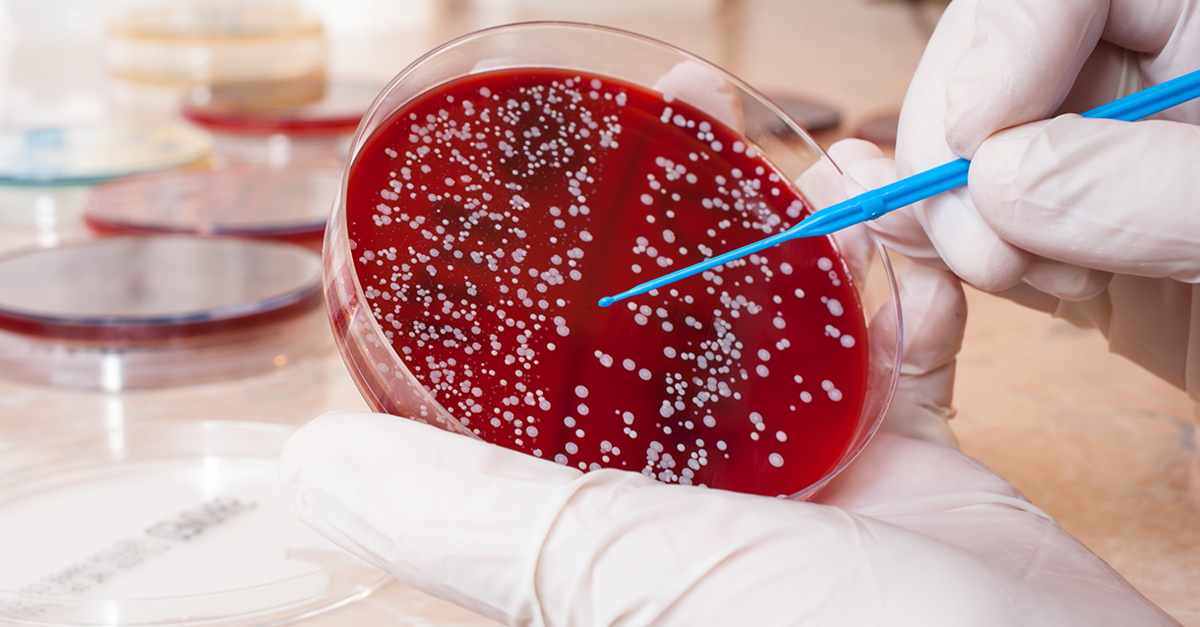Now that the CD19-centered CAR T-mobile healing procedures axicabtagene ciloleucel (axis-cel; Yescarta) and tisagenlecleucel (Kymriah) have shown long-lasting responses inside the relapsed/refractory settings of non-Hodgkin lymphoma, researchers are hopeful that earlier exposure may additionally heighten the curative capability of the modality, explained Mazyar Shadman, MD, MPH.
Both constructs are indicated for sufferers with relapsed/refractory big B-cell lymphoma who’ve obtained ≥2 strains of systemic remedy. However, a handful of trials investigate axis-cel and tisagenlecleucel in advanced settings. One such trial is the unmarried-center, segment II ZUMA-12 trial (NCT03761056). Patients with excessive-risk big B-cell lymphoma will acquire a single infusion of axis-cel at a target dose of two × 106 CAR T cells/kg.
Furthermore, the CD19-targeted product lisocabtagene maraleucel (list-cel; JCAR017) is compared with standard of care, high-dose therapy, and transplant in sufferers with relapsed/refractory aggressive B-cellular lymphomas in the phase III TRANSFORM trial (NCT03575351). “The field is looking at distinctive symptoms in diffuse huge B-cell lymphoma (DLBCL), new histologies, and distinctive targets; there are many paintings to do,” stated Shadman, assistant member of the Clinical Research Division, Fred Hutchinson Cancer Research Center. “For most of these lymphomas, the goal is treatment.”

As in DLBCL, curative techniques in persistent lymphocytic leukemia (CLL) enter the clinic as chemotherapy-free and time-restricted remedies. In the section III CLL14 trial, 88.2% of sufferers who acquired the aggregate of venetoclax (Venclexta) and obinutuzumab (Gazyva) inside the frontline setting remained development-unfastened at two years, 1 12 months after stopping treatment, as opposed to 64.1% of people who acquired obinutuzumab and chlorambucil.1,2
In an interview with OncLive, a sister guide of Oncology Nursing News, Shadman, who is also an assistant professor at the Medical Oncology Division, Department of Medicine, University of Washington, and an attending physician, Hematologic Malignancies, Seattle Cancer Care Alliance, discussed earlier use of CAR T-cell therapy in lymphoma, the effect of accredited products on destiny development, and latest records with a chemotherapy-unfastened and time-confined remedy in CLL.
OncLive®: What are some of the CAR T-mobile merchandise that is on the rise?
Shadman: We have seen splendid outcomes inside the lymphoma global. We have approved CAR T-cell constructs concentrating on CD19 for sufferers with diffuse massive B-mobile lymphoma (DLBCL) or similar histologies inside the relapsed setting for sufferers who’ve acquired two treatment strains. We see great responses. We have affordable follow-up now, displaying that some of the one’s answers are durable.
Now, like something else in oncology, it’s time to bring this remedy to earlier strains of therapy, a good way to be the point of interest moving forward. In huge mobile lymphoma, transferring those remedies in advance has been the focal point for the past few years. Some studies are trying out the therapy within the second-line putting. The second-line cure for huge mobile lymphoma remains chemoimmunotherapy, followed by excessive-dose and autologous stem cell transplants.
That’s very thrilling. We may want to do higher with CAR T-cellular therapy, and randomized research might be investigating that possibility. For example, there are trials with list-cel. List-cel isn’t accepted, but we’re actively collaborating in an examination searching for that opportunity. The identical factor is proper in the first-line setting. We now have research with axis-cel in the first-line location in excessive-risk sufferers with DLBCL, who are labeled as excessive danger consistent with different definitions. If patients don’t attain complete remission after a few cycles of therapy, we attempt CAR T-mobile remedy instead of ready until they fail two or more traces of treatment.
We must deliver those remedies to earlier traces of therapy [with curative intent]. We’re satisfied to look at this going on in this discipline. Follicular lymphoma follows this fashion. Some small subgroup reports from the 2019 ASCO Annual Meeting in mantle cellular lymphoma (MCL) and secondary central anxious device lymphoma were crucial. Of path, different trials concentrated on more than CD19, including research that concentrated on CD20. At Fred Hutchinson Cancer Research Center, we have an in-residence CAR T-cell therapy focused on CD20 that we are very enthusiastic about.
What is the biggest assignment that must triumph over in this space?
As with another remedy, toxicity is always the priority. You want to make certain your patients are secure, and we are making progress in that regard. We’re mastering approximately how to manipulate the toxicity [with CAR T] and decrease the hazard of these toxicities, specifically cytokine launch syndrome and neurotoxicity. From a practical perspective, it’s miles becoming a crowded area to convey new CAR T-mobile merchandise or combinations.
Having an FDA-accepted CAR T-mobile therapy is top-notch. However, it also units the bartons better for bringing sufferers a brand new CAR T-cellular remedy. It’s an awesome problem to have. However, it’ll slow down enrollment in medical trials or [research regarding] sequencing strategies. Although scientific research might be a bit slower than earlier, I’m positive it will likely be possible with a big organization of investigators,





